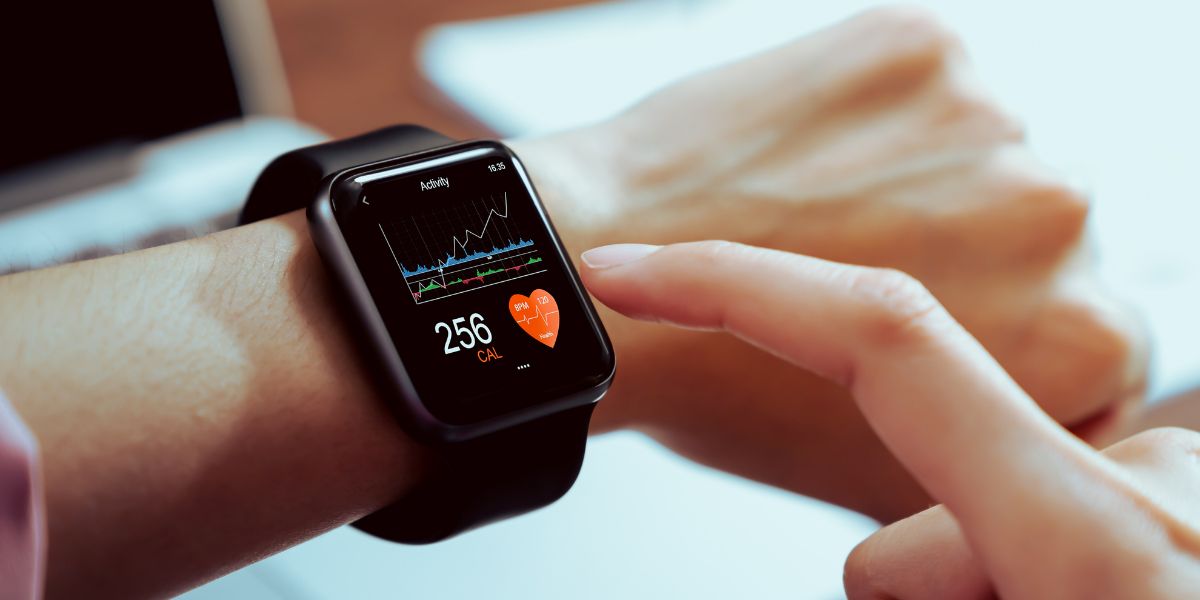Continuous glucose monitors can spot the early signs of type 2 diabetes, a recent study has underscored.
Academics from the University of Tokyo have revealed that wearable glucose monitors are more effective than standard blood tests at detecting early type 2 diabetes.
Detecting impaired glucose regulation early can combat or slow down the development of type 2 diabetes, research has indicated.
- Type 2 diabetes risk among people with prediabetes reduced by digital lifestyle programmes
- Growing array of treatment options now available for type 2 diabetes
Senior author Professor Shinya Kuroda said: “Traditional diabetes tests, while useful, do not capture the dynamic nature of glucose regulation under physiological conditions.”
As part of the trial, the team of researchers used a continuous glucose monitoring (CGM) device, oral glucose tolerance tests (OGTT) and clamp tests to examine the health outcomes of 64 adults, all of whom entered the study without a prior type 2 diabetes diagnosis.
They found that they could predict the participant’s future type 2 diabetes risk by assessing their AC_Var – a measure of glucose-level fluctuations.
According to the researchers, analysing AC_Var is a more effective early type 2 diabetes detection tool than OGTT, fasting blood glucose tests and HbA1c tests.
Professor Kuroda said: “By analysing CGM data with our new algorithm, we identified individuals with impaired glycaemic control – even when standard diagnostic tests classified them as normal.
- Wearable activity trackers improve exercise levels among people with type 2 diabetes
- Can cheese increase type 2 diabetes risk? New study reveals surprising insights
“This means we can potentially detect issues much earlier, creating an opportunity for preventive interventions before diabetes is diagnosed.”
Professor Kuroda concluded: “Our ultimate goal is to provide a practical, accessible tool for widespread diabetes screening.
“By enabling early detection of glucose regulation abnormalities, we hope to prevent or delay disease onset and reduce long-term complications.”
The study was published in the journal Communications Medicine.









